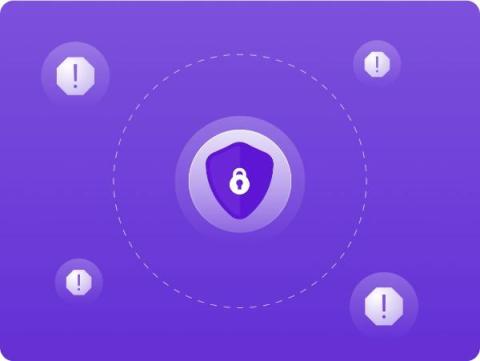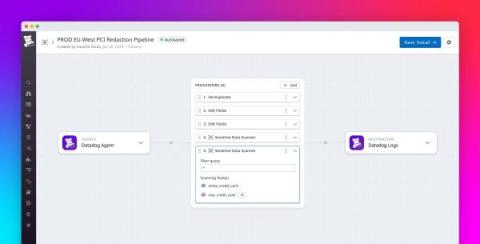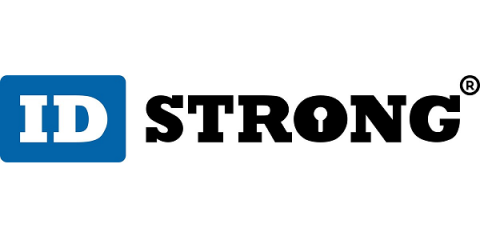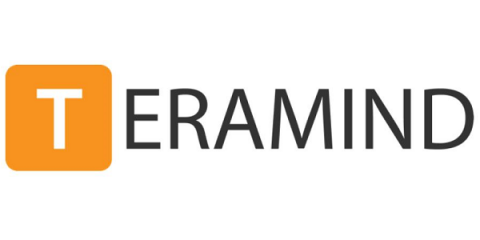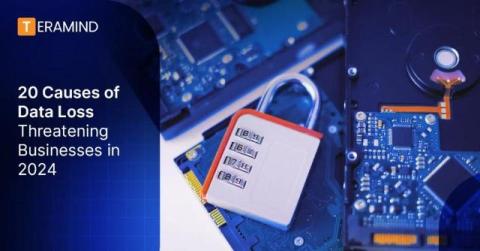Building a Robust Data Quality Management Framework: A Step-by-Step Guide
Maintaining data quality is crucial for any business that depends on dependable data. Without a structure in place, organizations run the risk of making decisions based on flawed or incomplete information. To uphold data integrity and make informed decisions businesses need to establish a data quality management framework. In this article, we will delve into the steps involved in constructing such a framework.



